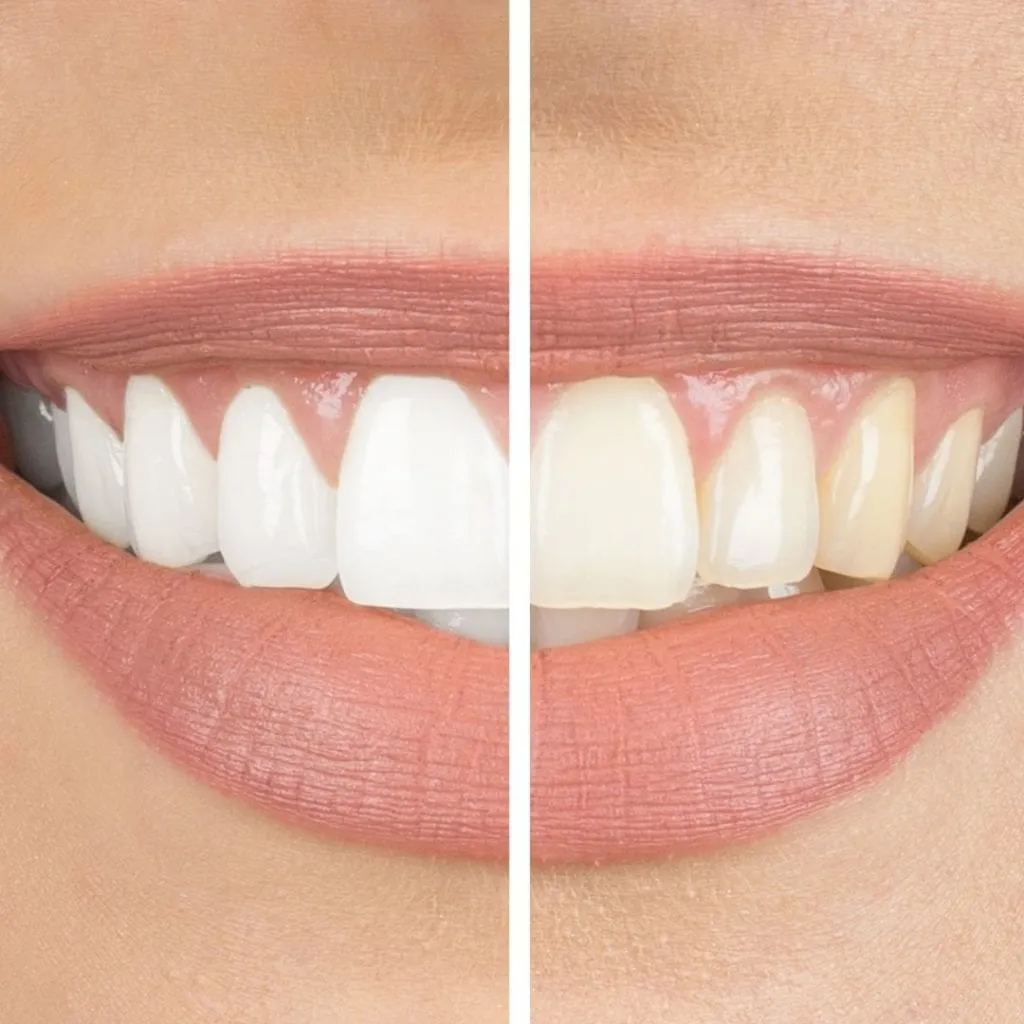What is a Whitening Service
A whitening service is a cosmetic dental procedure designed to lighten the shade of your teeth. This is achieved by removing stains and discoloration that have accumulated over time. These stains can be caused by various factors such as the consumption of coffee, tea, red wine, and certain foods, as well as smoking and the natural aging process. The goal is to give you a brighter, more youthful, and attractive smile. Whitening services are a popular choice for those looking to enhance their appearance and boost their confidence. They offer a relatively quick and effective way to transform your smile, providing noticeable results in a short amount of time. With advancements in dental technology, there are various types of whitening services available to cater to individual needs and preferences. Choosing the right one depends on your specific oral health condition, the degree of staining, and your desired outcome.
Types of Whitening Services
There are primarily two main categories of whitening services in-office and at-home treatments. Each method has its own advantages and disadvantages, so understanding the differences can help you make an informed decision. Both types utilize bleaching agents, typically hydrogen peroxide or carbamide peroxide, to penetrate the enamel and break down the stain molecules. The concentration of the bleaching agent and the application method vary depending on the service type. Selecting the right option usually involves consultation with a dental professional to determine the most suitable approach based on your oral health and desired results.
In-Office Whitening
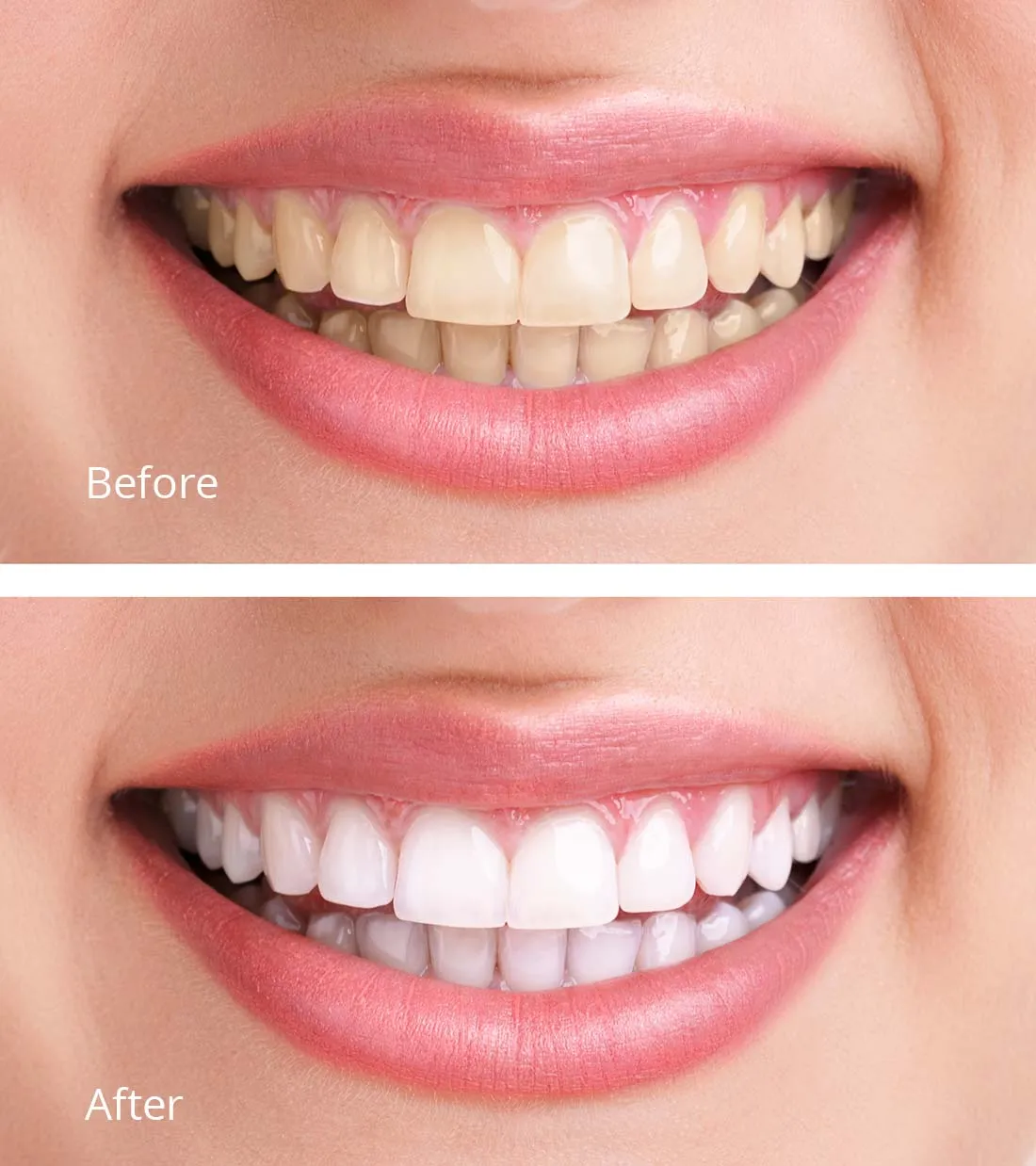
In-office whitening, also known as professional teeth whitening, is performed by a dentist or dental hygienist in a dental clinic. It typically involves a higher concentration of bleaching agents, yielding faster and more dramatic results. The process usually begins with a thorough cleaning to remove any plaque or surface stains. A protective barrier is then applied to the gums to prevent irritation. The whitening gel is applied to the teeth and activated using a special light or laser. The procedure usually takes about an hour, and you can expect a noticeable improvement in your tooth shade after just one session. The immediate supervision of a dental professional ensures safety and can address any sensitivity issues promptly. This is a great option if you desire rapid results or have more severe discoloration.
At-Home Whitening
At-home whitening kits are a more convenient and cost-effective option for whitening your teeth. These kits typically include custom-fitted trays that you fill with a bleaching gel and wear for a specified amount of time each day. The gel concentration in at-home kits is generally lower than in-office treatments, so the results may take longer to appear. Available options include dentist-prescribed kits and over-the-counter products like whitening strips and toothpastes. Dentist-provided kits offer higher-strength gels and custom-fitted trays for a more effective and comfortable fit. Over-the-counter products are readily accessible but may provide less dramatic results. Regardless of the method, consistent use is key to achieving the desired level of whitening. Proper use, as instructed by your dentist or the product guidelines, is crucial to minimize any potential side effects.
Whitening Service Step-by-Step Guide
Whether you choose in-office or at-home whitening, following a step-by-step guide can help you achieve the best results. The process starts with a consultation with your dentist to determine the best approach based on your oral health. This is followed by the actual whitening procedure and then aftercare steps to maintain your brighter smile. Adhering to these steps, and maintaining proper oral hygiene will help you achieve the desired results and protect your oral health throughout the process.
Consultation and Assessment
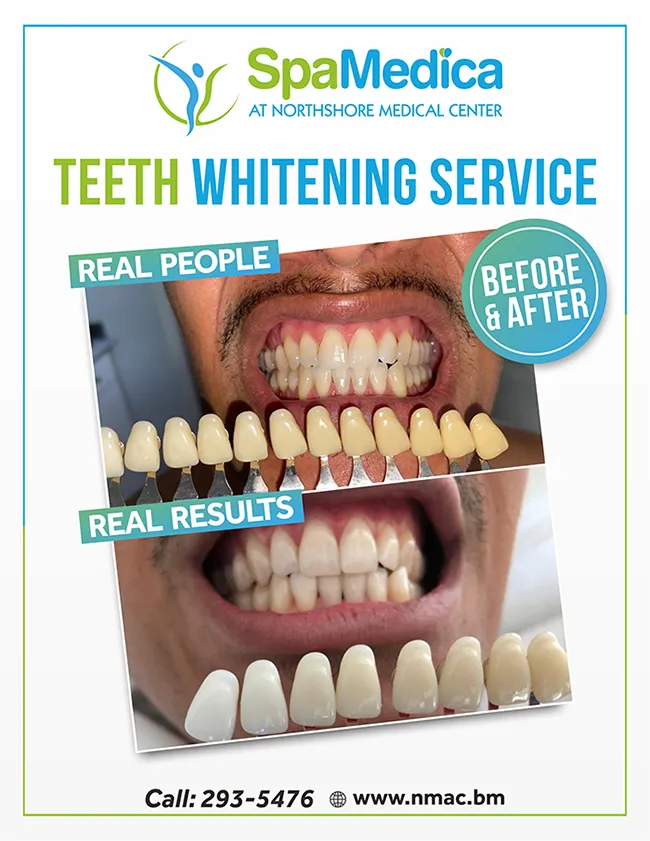
Before starting any whitening treatment, a dental consultation is crucial. Your dentist will examine your teeth and gums to ensure you’re a good candidate for whitening. They’ll assess the type and extent of staining, identify any underlying dental issues like cavities or gum disease, and discuss your expectations. This is also an opportunity to ask questions and understand the potential risks and benefits of the treatment. This step is critical because teeth whitening may not be suitable for everyone, such as those with certain dental restorations or sensitive teeth. During the consultation, your dentist can also recommend the most appropriate whitening method and discuss the expected outcome and duration of the treatment.
Teeth Cleaning
In-office whitening typically begins with a professional teeth cleaning to remove plaque, tartar, and surface stains. This prepares your teeth for the whitening process by ensuring the bleaching agent can effectively penetrate the enamel. At-home whitening kits often recommend brushing and flossing before applying the trays, though a professional cleaning is not always required prior to this method. The cleaning process helps to remove external factors that might hinder the whitening process and allows the bleaching agent to work efficiently. If you have an in-office treatment, your dentist will usually perform the cleaning as part of the process.
Whitening Procedure
The whitening procedure varies depending on the method you choose. In-office whitening involves the dentist applying a high-concentration whitening gel to your teeth. A protective barrier will be used to shield your gums. The gel is often activated using a special light or laser to accelerate the whitening process. The procedure usually consists of multiple cycles, each lasting about 15-20 minutes. At-home whitening involves filling custom-fitted trays (or using strips) with a lower-concentration gel and wearing them for a specific amount of time each day. The duration and frequency will vary depending on the product and your dentist’s instructions. You’ll likely start to see results within a few days or weeks, with the final shade developing over the course of the treatment.
Post-Whitening Care
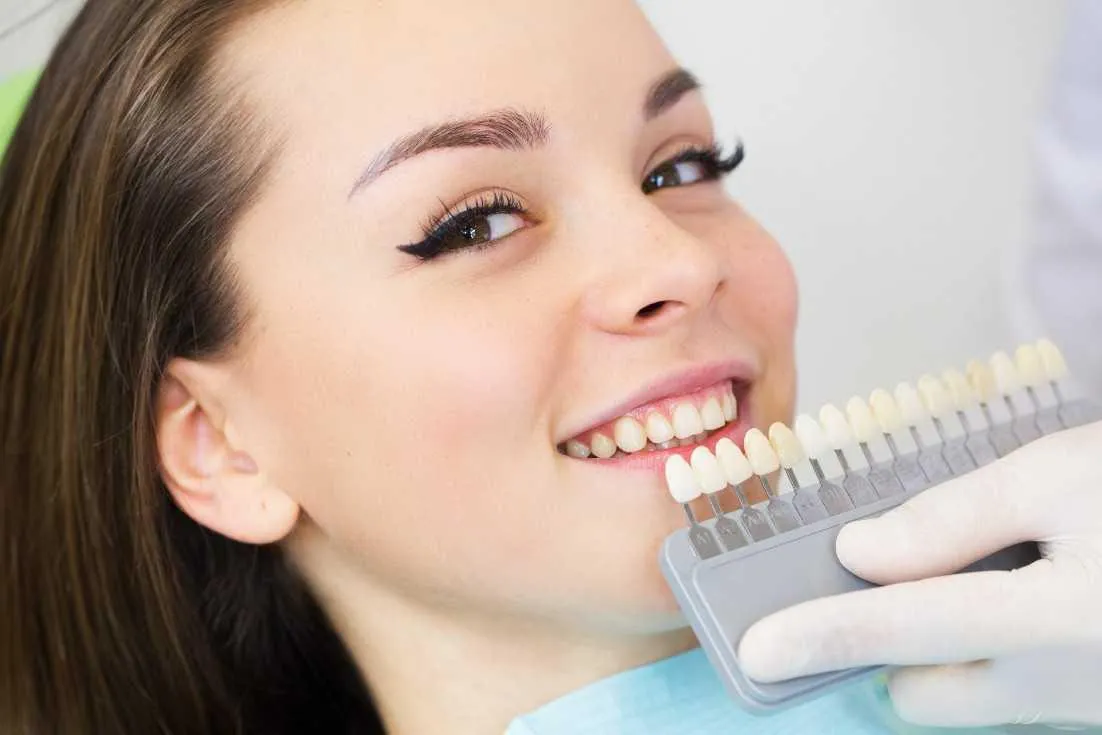
After your whitening treatment, proper care is essential to maintain your results and protect your teeth. This includes following the dentist’s or product’s instructions and implementing a good oral hygiene routine. It’s important to be mindful of what you eat and drink for the first few days and weeks after the treatment. Avoiding staining foods and beverages, such as coffee, tea, red wine, and berries, can help prevent your teeth from re-staining. Regular dental checkups and cleanings are also crucial for long-term maintenance.
Maintenance Tips for a Long-Lasting Smile
Maintaining your newly whitened smile requires a combination of lifestyle choices and good oral hygiene habits. These practices not only help preserve the results of your whitening treatment but also contribute to overall oral health. Consistent care ensures you enjoy a bright and confident smile for a more extended period.
Avoid Staining Foods and Drinks
Certain foods and beverages can stain your teeth and diminish the effects of whitening. It’s advisable to limit or avoid these items, especially in the first few weeks after your treatment. Common culprits include coffee, tea, red wine, dark sodas, berries, and tomato-based sauces. If you consume these items, rinse your mouth with water immediately afterward. Consider using a straw for beverages to minimize contact with your teeth. Being mindful of your diet can significantly prolong the lifespan of your brighter smile. Consider that regular consumption of these food or drinks will not damage your teeth, so having them in moderation is an option.
Good Oral Hygiene
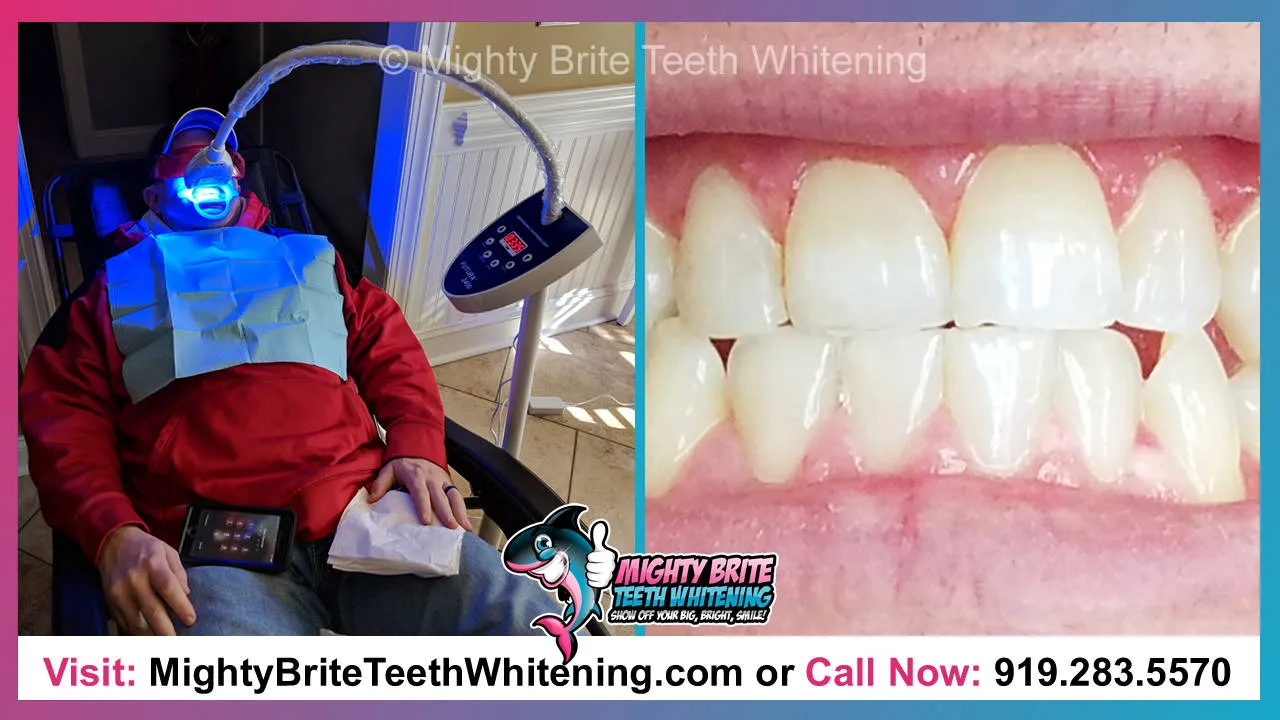
A consistent oral hygiene routine is crucial for maintaining your white smile. This includes brushing your teeth at least twice a day with a fluoride toothpaste and flossing daily to remove plaque and food particles. Using a whitening toothpaste can help remove surface stains and keep your teeth looking their best. Regular use of mouthwash can further contribute to cleaner teeth and gums. Thorough oral hygiene not only helps to maintain your teeth’s brightness but also helps prevent dental problems like cavities and gum disease, which can impact the appearance of your smile.
Regular Dental Checkups
Scheduling regular dental checkups and professional cleanings is essential for maintaining your oral health and the results of your whitening treatment. Your dentist can monitor your teeth for any new staining and perform a professional cleaning to remove any accumulated stains. They can also identify any potential dental issues early on. Regular checkups allow your dentist to address any problems before they worsen, ensuring your teeth remain healthy and your smile bright. They also offer advice on how best to maintain your teeth and gums.
Potential Risks and Side Effects of Whitening
While teeth whitening is generally safe, it’s important to be aware of potential risks and side effects. These are usually mild and temporary, but understanding them can help you make an informed decision and take appropriate precautions. Being well-informed enables you to manage any discomfort and communicate effectively with your dentist.
Sensitivity and Irritation
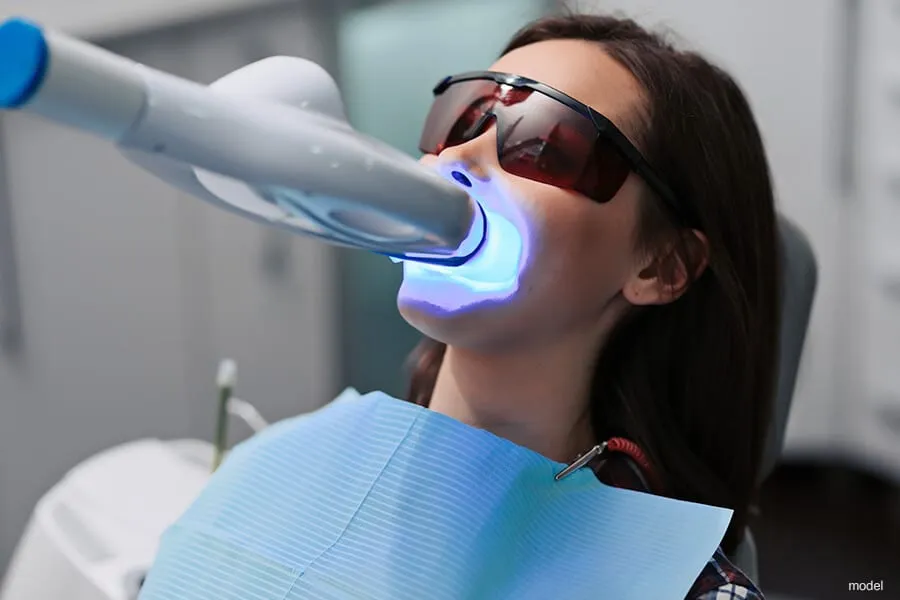
Tooth sensitivity is a common side effect of teeth whitening. It can occur because the bleaching agents can penetrate the enamel and reach the dentin, which contains nerve endings. This sensitivity is usually temporary and subsides within a few days after the treatment. Using toothpaste designed for sensitive teeth can help alleviate the discomfort. Another common side effect is gum irritation, which can happen if the whitening gel comes into contact with your gums. This is usually mild and resolves quickly after the procedure or with at-home care. It’s essential to follow your dentist’s instructions to minimize these side effects and seek professional advice if the discomfort persists.
Gum Irritation
Gum irritation can occur if the whitening solution comes into contact with the soft tissues of your mouth. Dentists take precautions like using protective barriers during in-office procedures. At-home kits may cause irritation if the trays don’t fit properly, leading to leakage of the bleaching agent. Mild irritation usually resolves shortly after stopping the treatment. Rinse your mouth thoroughly with water after each whitening session to help alleviate the issue. If irritation persists, consult your dentist, as they may recommend adjustments to the treatment or other solutions. It’s important to follow all instructions carefully to minimize the risk.
Cost of Whitening Services
The cost of teeth whitening services can vary widely depending on the type of treatment, the dentist’s location, and the extent of the procedure. While it’s a relatively affordable cosmetic procedure, it’s essential to understand the factors that influence the price. Consider both in-office and at-home options, keeping in mind that the investment can lead to a significant boost in self-esteem and appearance. While the initial cost is a factor, the long-term benefits, such as a brighter, more confident smile, often make the investment worthwhile.
Factors Affecting Cost
Several factors influence the cost of teeth whitening. In-office whitening generally costs more than at-home kits due to the dentist’s expertise, the use of advanced technology, and the stronger concentration of bleaching agents. The location of the dental practice also plays a role, with prices varying by region. Additionally, the extent of the procedure, the number of sessions needed, and any pre-treatment procedures, such as cleanings, can also affect the final cost. Consider all these variables and obtain a detailed quote from your dentist before starting any treatment. Your dentist can provide an accurate estimate, and you’ll have a complete understanding of all associated costs.
Insurance Coverage
Teeth whitening is generally considered a cosmetic procedure, and dental insurance typically doesn’t cover the cost. However, it’s always advisable to check with your insurance provider to confirm their specific policy. Some plans may offer partial coverage in specific circumstances, such as if the discoloration is due to a medical condition. Payment options may be available, including financing plans offered by dental practices. Discussing your options with your dentist can help you find the best approach that fits your budget and your dental needs. Explore all possibilities to make whitening services accessible and affordable.
Conclusion
Whitening services offer an effective way to achieve a brighter, more confident smile. By understanding the different types of whitening services, the step-by-step process, and the potential risks and benefits, you can make an informed decision. Maintaining good oral hygiene and following the aftercare instructions can help you enjoy your brighter smile for a long time. Consulting with your dentist is the first and most crucial step in your journey towards a dazzling smile. Your dentist can assess your specific needs and recommend the most suitable whitening solution. With the right approach and proper care, a radiant smile is within your reach.
